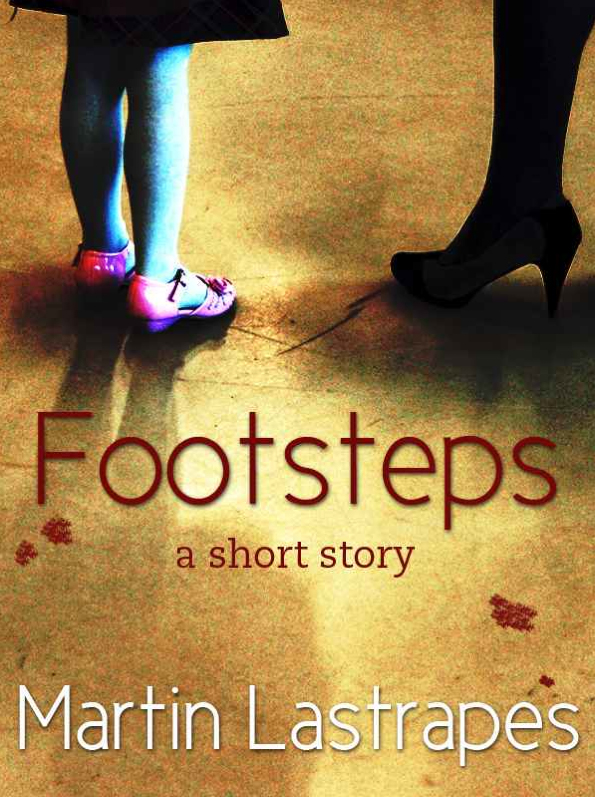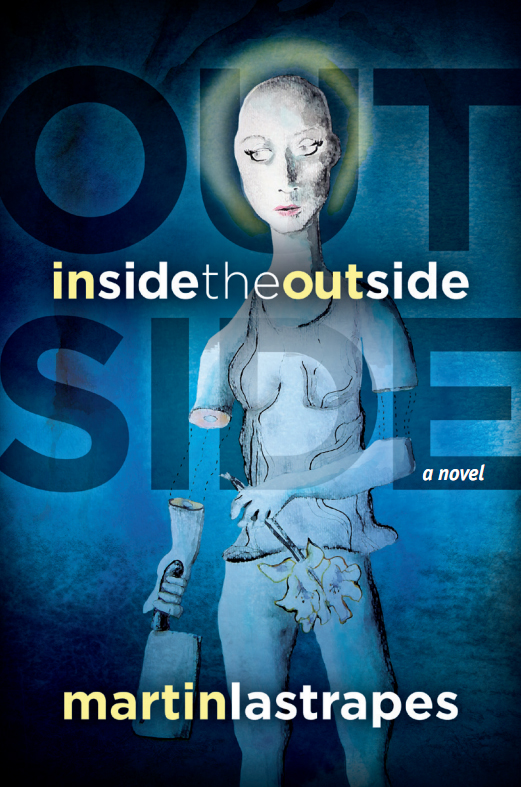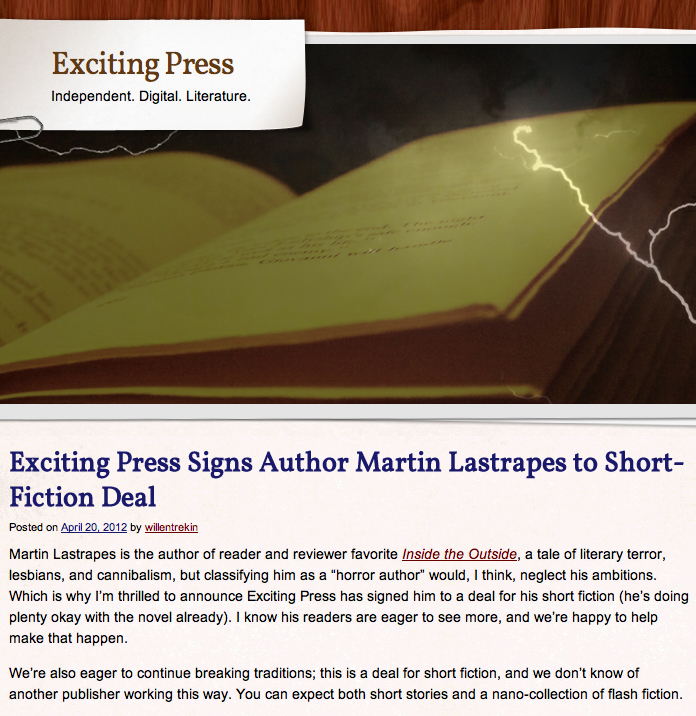Way back in 2004, I began working on my first novel. It was a terrifying prospect, since I'd no idea how to write one. It seemed like the next logical step to take in my writing journey, however, since I'd been studying creative writing as an English major at Cal State San Bernardino, while also writing several short stories. In the summer of that same year, I was invited to attend the Squaw Valley Community of Writers annual fiction workshop.
This was terribly exciting, as two years earlier I'd been placed on the waiting list for an invite, before not getting in. Squaw Valley has a great tradition of helping along the careers of some terrific writers—among them, Michael Chabon, Janet Fitch, and Amy Tan. So, as you might imagine, I was over the moon. During my week-long stay at Squaw Valley, I met a literary agent who'd founded one of those fancy New York agencies most aspiring writers know about. He took a liking to me and asked if I was working on anything. I told him I was writing my first novel, before proceeding to give, perhaps, the worst book pitch in the history of all humanity.
The agent was kind and patient and, when I mercifully cut myself off, he asked me to send him the book when it was done. He also told me not to rush. So, of course, as soon as I got home, I started working like mad, rushing my maiden novel into existence. I sat in my room, isolated from the world, and wrote and wrote and wrote for hours at a time. I was making great headway, when I came across a writing contest being hosted by the Inland Empire Branch of the California Writers Club. The contest included a category for short fiction and the prize was $150.
I was feeling awfully good after my week at Squaw Valley and, as a poor college student, that $150 prize sounded nice, so I decided to take a break from my novel to write a story for the contest. The theme of the contest was "Secrets," so I came up with a simple story about a boy and a girl, teenagers each of them. They were making plans for their future, only one of them was keeping their plans a secret.
The story was semi-inspired by Ernest Hemingway's short story "Hills Like White Elephants," which was about a man and a woman having an ambiguous conversation outside of a train station; the conversation itself, it's been argued, involves the man trying to convince the woman to have an abortion. The conversation in "Hills Like White Elephants" is cryptic and nowhere in the story is it ever explicitly stated that the woman is pregnant. I liked that idea, so I wanted to write a story where a guy and girl were having an important conversation, without ever explicitly stating what they were talking about.
I was also inspired by Kate Chopin's short story "The Story of an Hour," which is about a woman who is thrilled to learn of her husbands death in a train accident, as it means she will be liberated from him; when he returns home that same day, revealing the news of his death to be a mistake, the wife suddenly dies.
"The Story of an Hour" is very short, but packs a huge emotional punch. I'd always been taken with Chopin's ability to pack such a huge emotional impact into such a short, short story, so this also became one of my goals. After three days of writing, I finished a 900 word short story called "The Plan."
I sent if off to the IECWC and got back to work on my novel. A few months later, I heard back from them and found out that "The Plan" had won first place.
In the weeks before I won the IECWC's contest, I'd finished that first novel I was working on. After rushing it off to the agent whom I'd met at Squaw Valley, I waited for two months, before hearing back. The agent responded with a letter—which I received on my birthday—rejecting my novel.
So, "The Plan," which was only ever meant to be a brief interlude in the completion of my first novel, became the only writing of consequence I did that summer. The novel in question, to this day, has yet to see the light of day. "The Plan," however, not only became the first piece of writing I'd ever earned money for, but now, thanks to Exciting Press, is getting a second shot at life.
In November of 2012, Exciting Press published "The Plan: A Short Short Story" and I couldn't be happier about it.



